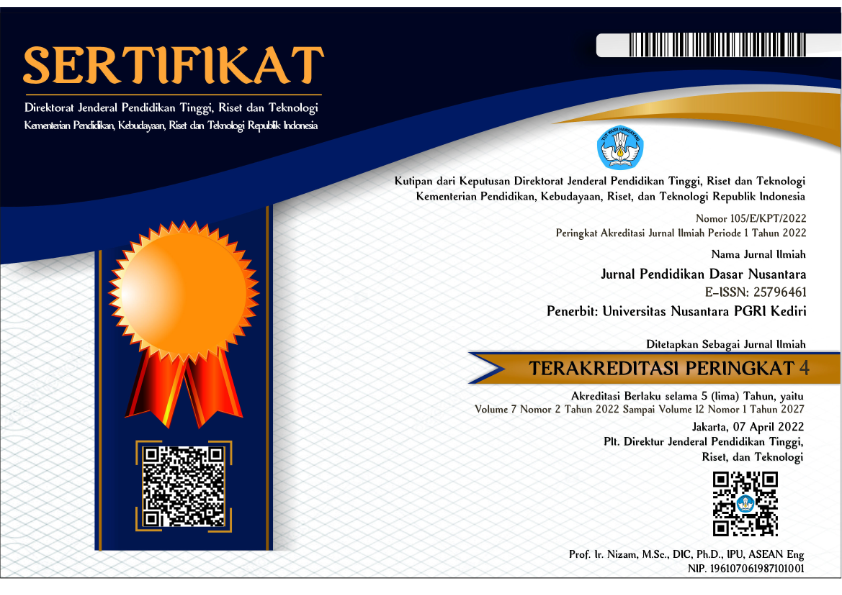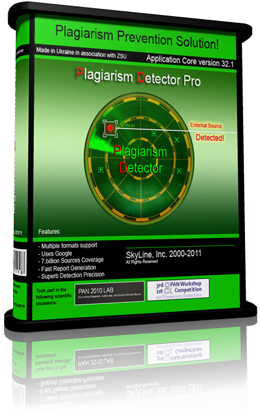PENGARUH MODEL PEMBELAJARAN PREDICT-OBSERVE-EXPLAIN TERHADAP PEMAHAMAN KONSEP IPA MAHASISWA PGSD UNIVERSITAS MUHAMMADIYAH SIDOARJO
DOI:
https://doi.org/10.29407/jpdn.v3i2.11780Keywords:
predict-observe-explain learning model, understanding science, students of primary school teacher education.Abstract
This research begins from the problems students of primary school teacher education Universitas Muhammadiah Sidoarjo which is low in developing their understanding on the concept of science. Students are still having difficulties when understanding the basic concept materials of science. The average midterm students exam score is 64.57. It is still less than 65. This research was conducted with the aim to know the influence of Predict-Observe-Explain learning model to understanding the concept of science of students. Based on this objective, this research uses experimental quantitative research design. Researchers use descriptive statistics with the type of experimental method used is One Group Pretest-Posttest Design. The instrument used by the researcher is a science comprehension concept test sheet. To test the hypothesis and answer the problem formulation of data analysis technique used is N-Gain test. The results showed that Predict-Observe-Explain learning model influenced the understanding of student science concept. It can be seen from the result of the average score before getting treatment by giving pretest about 66,28. Furthermore, after being given treatment by using Predict-Observe-Explain model of learning PGSD students solve the Posttest problem by getting an average score of 83.14. Then the averages are used to identify the influence of the Predict-Observe-Explain model of learning on the understanding of the student science concept. From the result of N-Gain value shows that its influence is 0,49 with medium criterion.
Keywords: predict-observe-explain learning model, understanding science, students of primary school teacher education.
Downloads
References
Lorin W. Anderson & David R. Krathwohl.2010. Pembelajaran, Pengajaran, dan Asesmen. Yogyakarta : Pustaka Pelajar.
Rusman. 2012. Model-Model Pembelajaran Mengembangkan Profesionalisme Guru. Bandung : PT RAJAGRAFINDO PERSADA.
Sugiyono. 2017. Metode Penelitian Pendidikan (Pendekatan Kuantitatif, Kualitatif, dan (R&D). Bandung : ALFABETA.
Trianto. 2007. Model Pembelajaran Inovatif Berorientasi Konstruktivistik. Jakarta: Tim Prestasi Pustaka.
White and Gustone. 1992. Probling Understanding. Hongkong : Graficraft Typosetters Ltd.
Yanti, Herianti. 2014. Tanya Jawab Seputar Penelitian Pendidikan Sains. Jakarta:Universitas Syarief Hidayatullah.
Downloads
Published
Issue
Section
License
Authors who publish with this journal agree to the following terms:
- Copyright on any article is retained by the author(s).
- The author grants the journal, the right of first publication with the work simultaneously licensed under a Creative Commons Attribution License that allows others to share the work with an acknowledgment of the work’s authorship and initial publication in this journal.
- Authors are able to enter into separate, additional contractual arrangements for the non-exclusive distribution of the journal’s published version of the work (e.g., post it to an institutional repository or publish it in a book), with an acknowledgment of its initial publication in this journal.
- Authors are permitted and encouraged to post their work online (e.g., in institutional repositories or on their website) prior to and during the submission process, as it can lead to productive exchanges, as well as earlier and greater citation of published work.
- The article and any associated published material is distributed under the Creative Commons Attribution-ShareAlike 4.0 International License

































